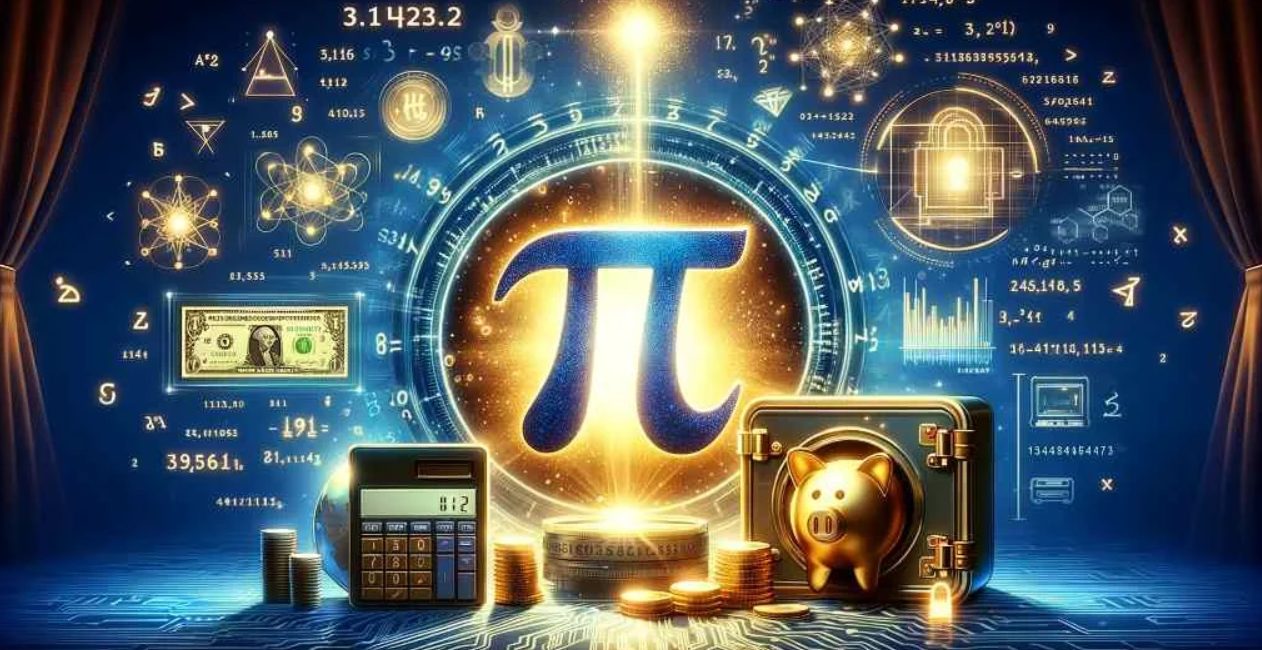Pi123 is a mathematical constant that has captivated minds for its intriguing properties and applications, setting itself apart in fields as diverse as engineering, computer science, and theoretical physics. While “Pi” itself is a universally known constant—approximating the ratio of a circle’s circumference to its diameter—the exploration of Pi123 introduces new layers of complexity and relevance. Unlike traditional Pi, Pi123 has unique digits, theoretical implications, and applications that offer remarkable utility in various scientific fields. Here, we delve deeply into Pi123, unveiling its history, mathematical properties, practical uses, and why it may be the next breakthrough in scientific computation.
What Is Pi123?
Pi123 represents a unique variation on the Pi constant, retaining some of the properties of Pi but diverging significantly in structure and application. Instead of functioning as a simple ratio, Pi123 operates as a number with distinct theoretical uses, valued for its contribution to mathematical constructs that demand precision. Mathematicians and engineers are turning to Pi123 as they encounter increasingly complex problems, harnessing its properties in areas that go beyond Pi’s usual applications.
Early History and Discovery of Pi
The quest to understand Pi is as old as civilization itself, with records of its approximation found in the texts of ancient Babylonians and Egyptians. This history laid the groundwork for the emergence of Pi123, which extends the concept of Pi into new dimensions. As societies advanced and scientific inquiry evolved, mathematicians developed methods to calculate Pi to ever-greater precision, spurred by a need for accuracy in fields such as astronomy and architecture.
How Pi123 Was Found
The discovery of Pi123 arose from a need to tackle equations that demanded higher accuracy than Pi could provide alone. Advanced computing techniques and mathematical analysis revealed Pi123, a number that not only extended Pi’s role but redefined its application in scientific and theoretical models. Mathematicians pushed the boundaries of number theory and explored unique algorithms to reveal Pi123’s properties, which would later become essential in fields like cryptography and quantum mechanics.
The Mathematical Properties of Pi123
Pi123 exhibits several fascinating mathematical properties that set it apart from Pi. While Pi’s decimal representation is well-known for its non-repeating, non-terminating pattern, Pi123 follows a distinct yet similarly complex sequence. Calculating Pi123 reveals specific digits and intervals that allow it to be applied in contexts where Pi might fall short, particularly in high-stakes computations where extreme precision is necessary.
How Pi123 Differs from Pi
The primary difference between Pi123 and traditional Pi lies in its theoretical construct. Whereas Pi is a single value ratio, Pi123 is formulated to meet the needs of multidimensional applications and advanced algorithms. In certain equations, Pi123 fills a gap where Pi’s precision is insufficient, allowing for a more nuanced approach to data modeling and analysis.
Why Pi123 Captivates Mathematicians
Mathematicians are drawn to Pi123 for the potential patterns and relationships embedded within its structure. Much like Pi, which has been the subject of centuries of analysis, Pi123 holds mysteries that encourage ongoing research. Some mathematicians believe that further analysis of Pi123 may unlock deeper insights into number theory, uncovering relationships previously unknown in mathematics.
Pi123 in Engineering
The applications of Pi123 in engineering demonstrate its practical relevance. Structural engineering, for example, benefits from the use of Pi123 in calculations involving stress points and load distribution in complex architectures. By applying Pi123, engineers achieve more accurate models, enhancing safety and reliability in large-scale projects. Similarly, in electrical engineering, Pi123 plays a role in the precision calibration of circuit designs.
Usage of Pi123 in Computer Science
Computer scientists are increasingly turning to Pi123 for encryption algorithms and data analysis models that require high-precision calculations. Pi123’s unique properties are advantageous in developing algorithms that demand randomness and complexity, thus making it ideal for cryptographic processes. In the world of cybersecurity, Pi123 is contributing to methods of data protection, ensuring that sensitive information remains secure in digital systems.
Pi123 and Cryptography
Cryptography is one field where Pi123 is showing significant promise. By leveraging Pi123’s precision, cryptographers can create more complex keys, enhancing security in digital communications. Since Pi123 differs slightly from Pi in its numeric sequence, it provides an additional layer of unpredictability that is valuable in creating robust encryption systems.
Role in Quantum Physics
Theoretical physics, especially quantum mechanics, has seen the incorporation of Pi123 in modeling phenomena that occur on a microscopic scale. The unpredictable, random patterns in Pi123 lend themselves well to simulations in quantum mechanics, where traditional constants like Pi may lack the necessary complexity. Pi123 helps physicists simulate interactions between particles with a degree of accuracy unattainable with other constants.
Pi123 in Theoretical Physics
In addition to quantum mechanics, Pi123 finds applications in theoretical models of the cosmos. Astrophysicists use Pi123 to study the properties of celestial bodies, modeling gravitational forces and orbital patterns. Pi123’s numerical traits allow scientists to approach calculations from fresh angles, which has led to the exploration of new theories about black holes and dark matter.
Calculating Pi123 with Precision
Calculating Pi123 requires sophisticated computational tools, as its sequence is even more complex than Pi. Mathematicians use advanced algorithms, often powered by AI, to predict and calculate the digits of Pi123 accurately. This process, while computationally intensive, is essential in fields like cosmology and climate science, where precise modeling is vital to accurate forecasts.
Controversies Surrounding Pi123
Despite its usefulness, Pi123 has not been universally accepted. Some mathematicians argue that Pi alone suffices for most scientific applications, questioning the necessity of Pi123. This debate, however, is overshadowed by the practical applications of Pi123, which continue to validate its significance in solving high-precision equations.
Future of Pi123 Research
As technology advances, so too does the potential for Pi123 research. From quantum computing to artificial intelligence, future applications of Pi123 are likely to emerge in unexpected ways. Researchers are optimistic that Pi123 will open doors to novel technological breakthroughs, providing the mathematical underpinning for innovations we have yet to imagine.
FAQs
What is Pi123?
Pi123 is a unique mathematical constant, similar to Pi but used for higher precision calculations in advanced scientific fields.
How is Pi123 calculated?
Pi123 is calculated using complex algorithms and requires high-powered computational tools due to its unique, lengthy sequence.
Can Pi123 replace Pi in all applications?
Not necessarily. Pi123 is ideal for applications requiring extreme precision, but Pi remains sufficient for most common calculations.
Is Pi123 infinite?
Like Pi, Pi123 is believed to be non-repeating and non-terminating, implying it has infinite digits.
Where is Pi123 used?
Pi123 is used in engineering, computer science, cryptography, and theoretical physics due to its precision and complexity.
Why is Pi123 controversial?
Some mathematicians argue Pi123 is unnecessary, claiming Pi can handle most applications adequately.
Conclusion
Pi123 stands as a testament to the ongoing exploration in mathematics, offering solutions that traditional constants cannot. Its role in modern science and technology continues to grow, paving the way for new research and applications that could change how we approach complex mathematical problems. As more is uncovered about Pi123, its significance in the mathematical landscape will likely only increase.

